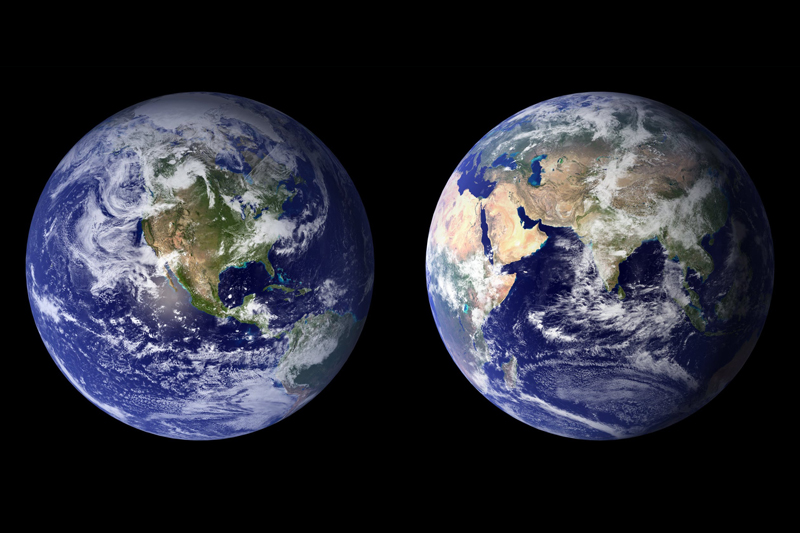Carbon Offsets

Every day, without thinking much about it, we leave a trail of emissions behind us — from the cars we drive, the electricity we use, to the flights we take for work or holidays. For many of us, the idea of “cutting our carbon footprint” feels overwhelming. We imagine giving up conveniences, or making big, life-changing sacrifices. While reducing emissions is vital, there’s another tool that can help us take responsibility for the impact we can’t avoid: carbon offsets.
Think of them as a balancing act. When we emit greenhouse gases, somewhere else in the world, a project can be funded to remove or reduce an equivalent amount. This could mean planting trees that absorb carbon dioxide, protecting forests that act as “carbon sinks,” or investing in renewable energy projects that replace fossil fuel use. It’s a bit like cleaning up after ourselves — but on a global scale.
The truth is, no one can reduce their carbon emissions to zero instantly. Even if you switch to public transport, eat more plant-based meals, and use green energy at home, there are still unavoidable emissions. Offsets give us a way to address those remaining impacts. They’re not a free pass to keep polluting — rather, they’re part of a bigger journey toward a low-carbon lifestyle.
I remember booking a long-distance flight to visit family overseas. When I clicked “purchase,” I felt that twinge of guilt we all know. Then, on the airline’s checkout page, there was an option: Offset your flight’s carbon emissions for £5. It felt almost too easy — could something so small actually help? Curious, I researched the project they partnered with. It funded a wind farm in India, replacing coal-based power and supporting local communities with jobs. Suddenly, that £5 didn’t just feel like a checkbox; it felt like a connection to a positive story happening thousands of miles away.
Not all carbon offsets are created equal. The best ones are verified by independent standards like the Gold Standard or Verified Carbon Standard. These ensure that the project genuinely reduces emissions and provides long-term benefits for the environment and communities.
Offsets alone won’t solve climate change. They’re like patching a hole in a sinking boat — necessary, but not a replacement for fixing the leak itself. We still need systemic change: cleaner energy grids, sustainable transport, and reduced consumption. But for individuals and businesses today, carbon offsets offer a practical, immediate way to take responsibility.
At the end of the day, they’re about more than numbers and tonnes of CO₂. They’re about making a conscious choice to give something back — and helping ensure that our planet’s story has a healthier, more hopeful next chapter.

Related Articles
Editor's Picks Articles
Top Ten Articles
Previous Features
Site Map
Content copyright © 2023 by Farjana Amin. All rights reserved.
This content was written by Farjana Amin. If you wish to use this content in any manner, you need written permission. Contact Farjana Amin for details.





